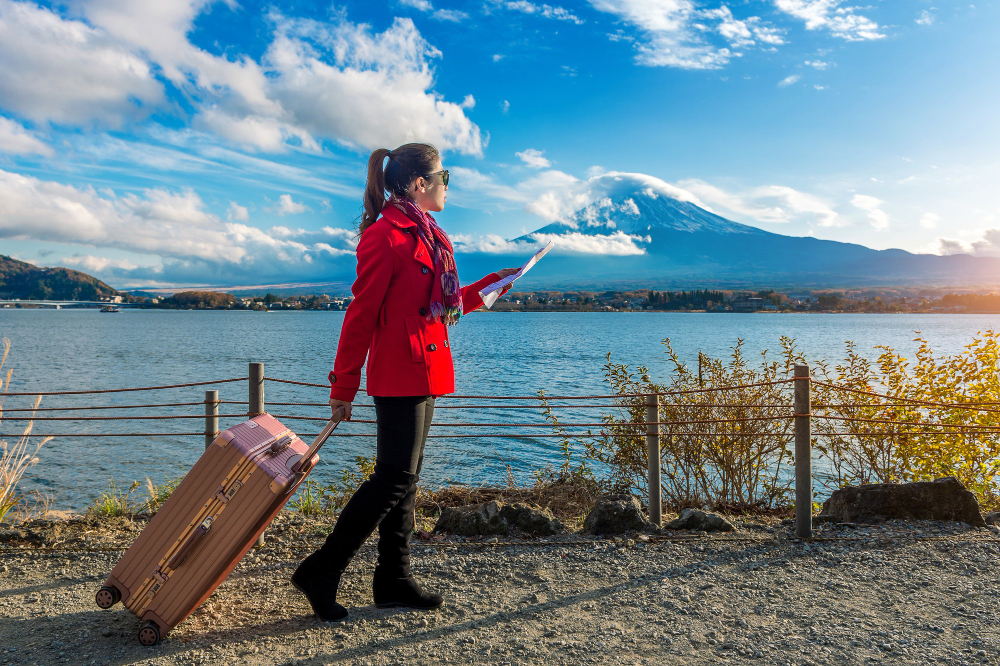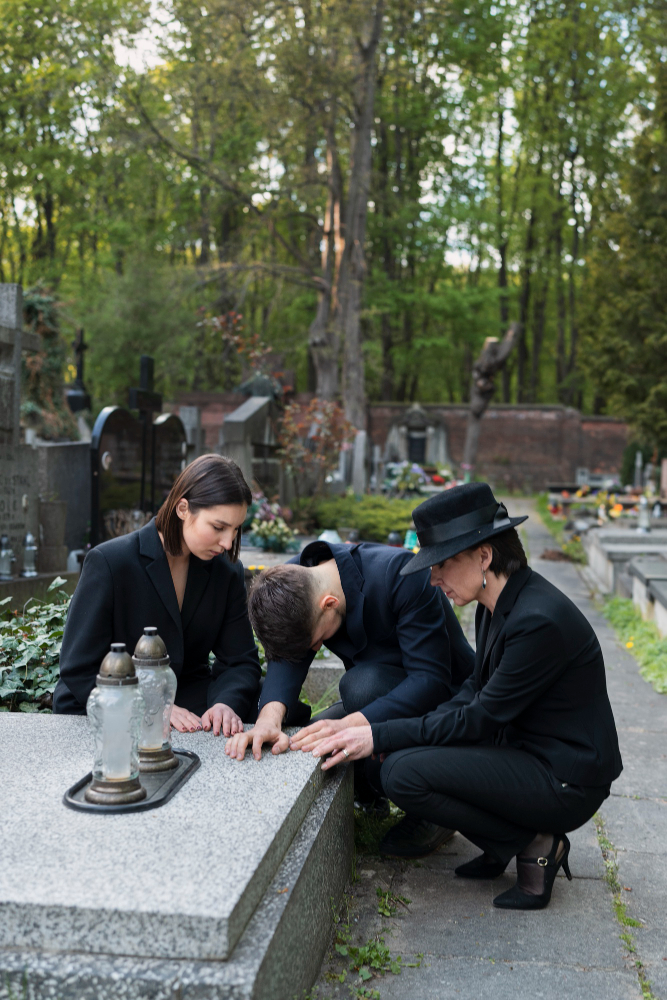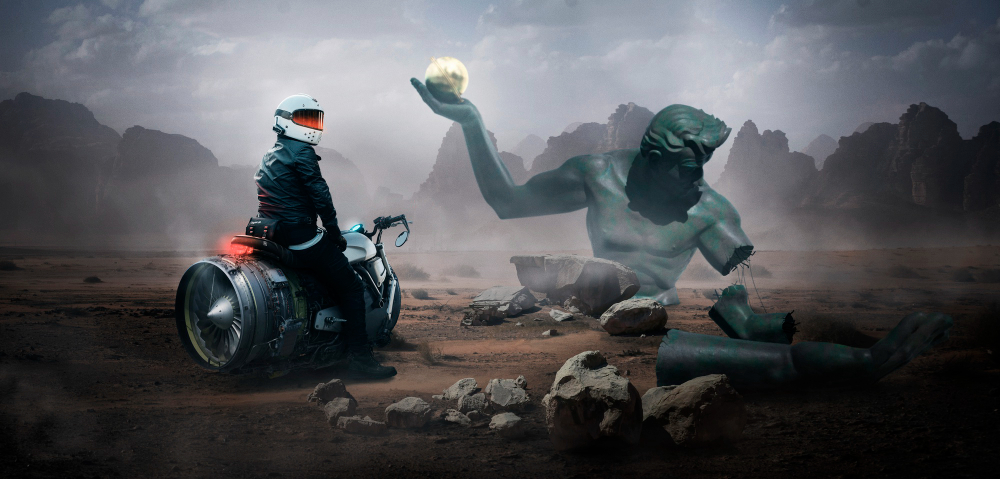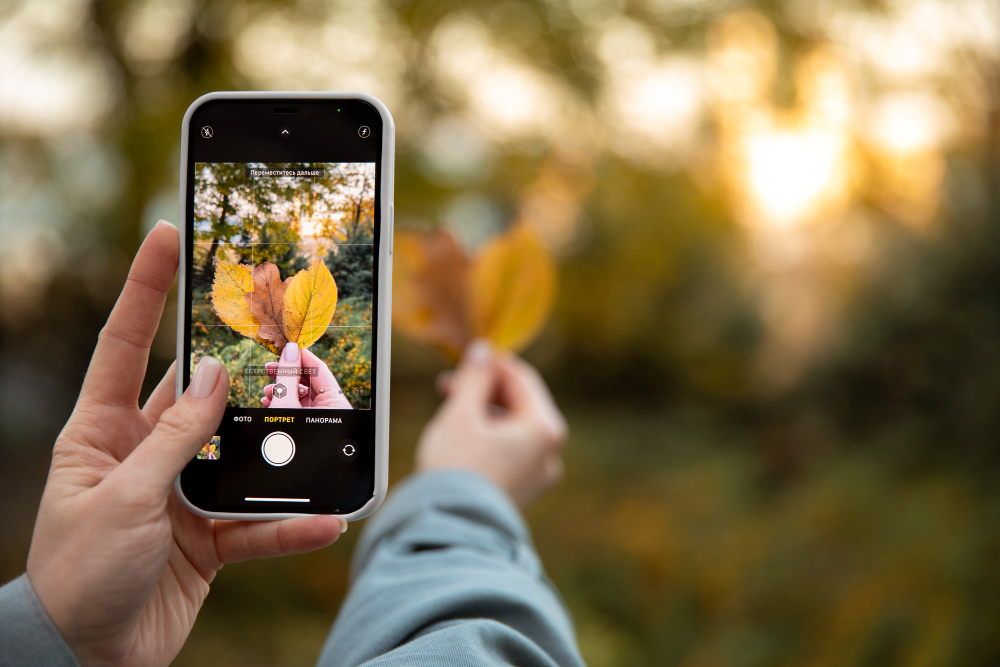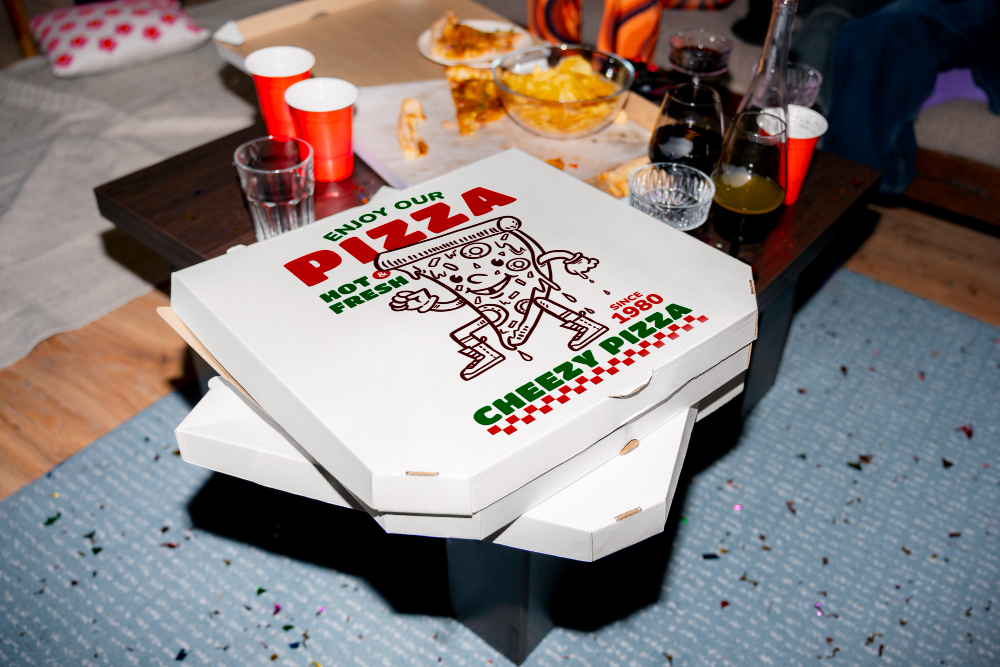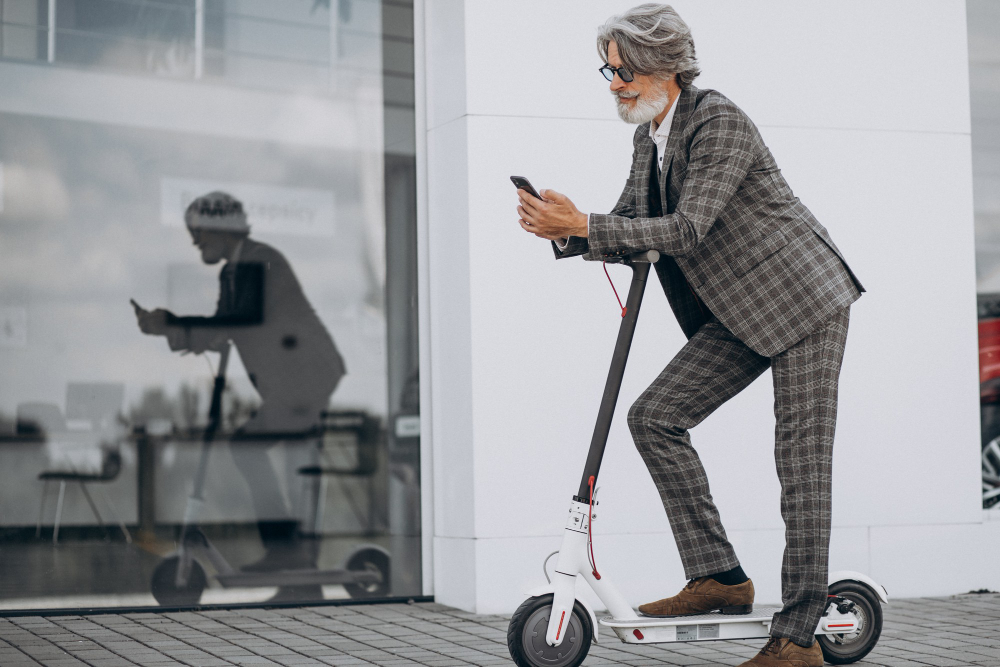Space exploration has always been a dangerous endeavor. Astronauts face extreme conditions—zero gravity, radiation, and the vacuum of space—all of which pose serious risks. But has anyone actually died in space? The answer is more complex than a simple yes or no. In this article, we’ll explore the history of spaceflight fatalities, the definition of “dying in space,” and the risks astronauts still face today.
What Counts as “Dying in Space”?
Before diving into specific incidents, it’s important to define what we mean by “dying in space.” Space begins at the Kármán line, 100 kilometers (62 miles) above sea level. However, most human spaceflights occur in Low Earth Orbit (LEO), between 160 and 2,000 km (100–1,200 miles).
For this discussion, we’ll consider “space” as:
- Orbital spaceflight (e.g., the International Space Station)
- Travel beyond Earth’s orbit (e.g., Moon missions)
- Suborbital flights (e.g., brief space tourism trips)
Deaths that occur during launch, re-entry, or on the ground (like the Apollo 1 fire) are tragic but don’t count as fatalities in space.
The Short Answer: Only 3 People Have Died in Space
As of 2024, only three people have died in space—meaning they perished while above the Kármán line. These were the cosmonauts of Soyuz 11 in 1971.
The Soyuz 11 Tragedy: The Only Confirmed Space Deaths
On June 30, 1971, Soviet cosmonauts Georgy Dobrovolsky, Vladislav Volkov, and Viktor Patsayev became the first—and so far, only—humans to die in space.
What Happened?
- Their spacecraft, Soyuz 11, successfully docked with the Salyut 1 space station, marking the first-ever crewed space station mission.
- After a 23-day stay, they began their return to Earth.
- During re-entry preparations, a pressure equalization valve malfunctioned, causing the cabin to rapidly depressurize.
- The crew suffocated within seconds due to the sudden loss of oxygen.
Why Did They Die?
- Unlike modern spacecraft, Soyuz 11 cosmonauts did not wear pressurized suits, leaving them vulnerable to cabin depressurization.
- The valve failure occurred at an altitude of 168 km (104 miles), meaning they technically died in space before re-entering Earth’s atmosphere.
This disaster led to major safety changes, including mandatory pressurized suits during launch and re-entry—a rule still followed today.
Other Space-Related Fatalities (But Not In Space)
While only three people have died in space, many others have lost their lives during space missions (on the ground, during launch, or re-entry).
1. Apollo 1 (1967) – Fire During a Ground Test
- Astronauts Gus Grissom, Ed White, and Roger Chaffee died in a cabin fire during a pre-launch test.
- The incident led to major design changes in NASA spacecraft.
2. Space Shuttle Challenger (1986) – Explosion During Launch
- The shuttle broke apart 73 seconds after liftoff, killing all seven crew members, including teacher Christa McAuliffe.
- The disaster was caused by a faulty O-ring seal in the solid rocket booster.
3. Space Shuttle Columbia (2003) – Breakup During Re-Entry
- Damage to the shuttle’s heat shield during launch caused it to disintegrate upon re-entry, killing all seven astronauts.
These tragedies highlight the dangers of space travel, even if they didn’t occur in space itself.
Near-Death Incidents in Space
Several missions almost ended in disaster but were saved by quick thinking and luck.
Apollo 13 (1970) – “Houston, We’ve Had a Problem”
- An oxygen tank explosion crippled the spacecraft, forcing the crew to abort their Moon landing.
- Thanks to brilliant engineering, they survived and returned safely.
Soyuz TM-9 (1990) – Near-Catastrophic Re-Entry
- A damaged heat shield nearly caused a fatal re-entry, but the crew survived.
Soyuz MS-10 (2018) – Launch Abort
- A rocket failure forced an emergency landing, but both astronauts survived.
Could Future Space Missions See More Deaths?
As space agencies plan Moon bases, Mars missions, and commercial spaceflights, the risks remain high.
Potential Risks for Future Astronauts
- Radiation Exposure – Beyond Earth’s magnetic field, cosmic rays pose a deadly threat.
- Equipment Failures – Long-duration missions increase the chance of life-support malfunctions.
- Medical Emergencies – Zero gravity weakens bones and muscles, and emergency medical care is limited.
- Psychological Stress – Isolation and confinement could lead to mental health crises.
Space Tourism Risks
- Companies like Blue Origin and Virgin Galactic offer suborbital flights, which are generally safer but not risk-free.
- Orbital tourism (e.g., SpaceX’s Crew Dragon) carries higher dangers, similar to traditional spaceflight.
Conclusion: Space Remains a Dangerous Frontier
Only three people—the Soyuz 11 crew—have died in space, but many others have lost their lives in space-related accidents. As we push further into the cosmos, the risks will remain, requiring better safety protocols, advanced technology, and rigorous training to prevent future tragedies.




